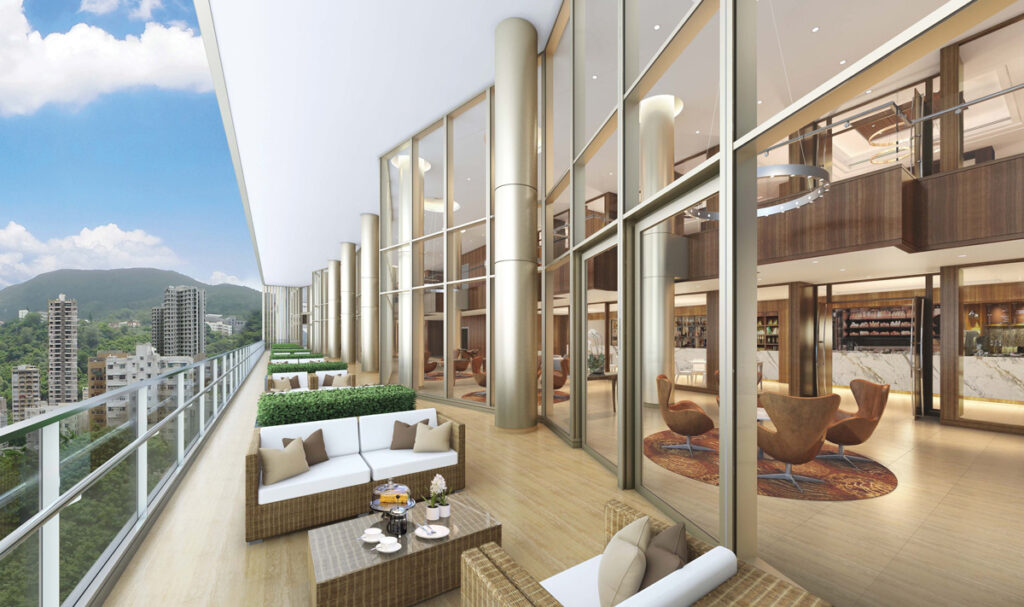Terry Spinolo is managing director of multi-award winning consultancy Inarc Design Asia Group. He is in no doubt that the pandemic will encourage a positive re-evaluation of the quality of living spaces within the built environment, leading architects to focus even more on wellness and enhanced health.
“For far too long, the well-being of the occupants of buildings has taken a back seat generally to the singular goal of most clients and developers to maximise the buildable area for any proposed development. This singular goal in part has been heavily influenced by not only the cost of land and the planning codes imposed by local governments, but also unfortunately, it is the result of little value being placed by the marketplace on improving the quality of living spaces for people.”
He says this is about to change: “The perennial guidelines for good architecture have always been about improving the quality of life and experience for the occupants of the built environment. While the application of technology, product and material improvements all assist in this goal, the basic principles of good architecture still apply, including plenty of access to natural daylight, fresh air, open outdoor areas and a connection to nature, i.e. the focus of wellness for the occupants within all building types including residential, commercial, hospitality and retail, but especially for homes.”
“In addition, the implied added-value of a ‘view’ will now extend to the implied added value of ‘wellness’ to a home.” But, it’s not just in the home… “While the traditional ‘office’ will not be removed from our working environment, there will also be a new strong focus on the wellness of these built environments including more space allocated per person, increased natural daylight, fresh air, access to open outdoor areas and a connection to nature.”



